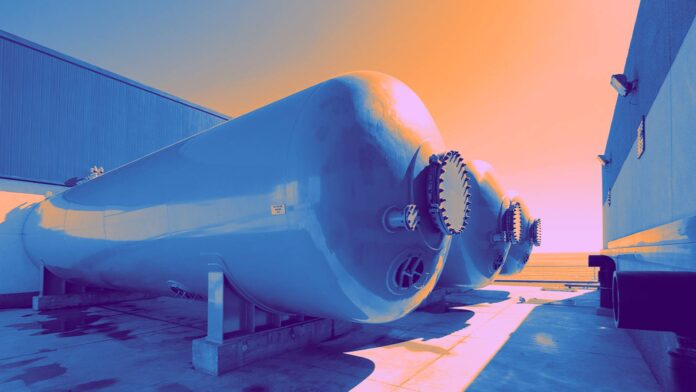Introduction to Desalination and Brine
Currently, there are over 20,000 desalination plants globally, and this number is expected to rise in the coming years. Climate change, persistent droughts, and increasing population demands are exerting immense pressure on the availability of drinking water. Desalination, particularly reverse osmosis, is addressing these challenges effectively. As desalination gains traction as a viable alternative, the focus has shifted to enhancing its processes.
What is Brine?
For the purpose of this discussion, we’re focusing on brine from seawater desalination, which is essentially water with a high salt concentration. However, it can also be found in olive jars, seafood cooking water, and salt pans where seawater evaporates to produce sea salt. Brine is also rich in minerals, some of which have significant value and could be recovered for reuse in various industries, paving the way for sustainable "mining."
Resources Extracted from Brine
In line with the principles of the circular economy, recent research has focused on extracting raw materials from brine. For instance, a study by MIT highlighted the potential to produce caustic soda from brine. Brine contains numerous elements, including minerals like calcium, lithium, magnesium, and boron, as well as rare, high-value metals like rubidium, vanadium, gallium, and molybdenum. Another research avenue is the indirect production of compounds like beta-carotene by cultivating microalgae in brine solutions.
The MINERALS Project: A Step Towards Sustainability
Projects aiming to valorize brine have moved beyond theoretical exercises and have been tested under real-world conditions. One of the most promising examples is the MINERALS project, "Selective extraction of high-value elements from seawater brine," a collaboration between ACCIONA and the LEITAT Technology Center. MINERALS will apply advanced technologies to recover critical raw materials from brine that are not only highly useful but also scarce. ACCIONA is actively researching this field with a pilot project that will employ techniques like liquid membranes, nanofiber adsorbents incorporating selective nanoparticles, and gravity precipitation processes.
Objectives and Expected Outcomes of the MINERALS Project
The project aims for efficiencies ranging from 90% for monovalent ions like lithium, rubidium, and boron to 65% for calcium. Efficiencies for magnesium and potassium are targeted at 80% and 70%, respectively. A pilot plant is expected to be set up at a reverse osmosis desalination facility to demonstrate the feasibility of this technological approach. Once scaled, this sustainable process could offer a new revenue stream for desalination plants, enhancing their competitiveness in providing drinking water for all.
Conclusion
The extraction of valuable resources from brine is a significant step forward in making desalination a more sustainable and economically viable option. As the world continues to face water scarcity challenges, innovations like the MINERALS project offer hope for a future where drinking water is accessible to all, without compromising the environment. With ongoing research and development, the potential of brine as a source of valuable minerals and compounds is vast, and its realization could revolutionize the desalination industry.

